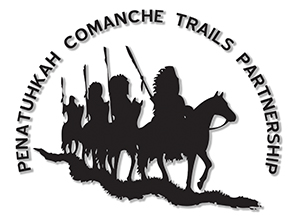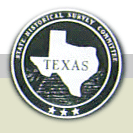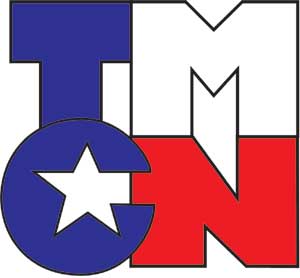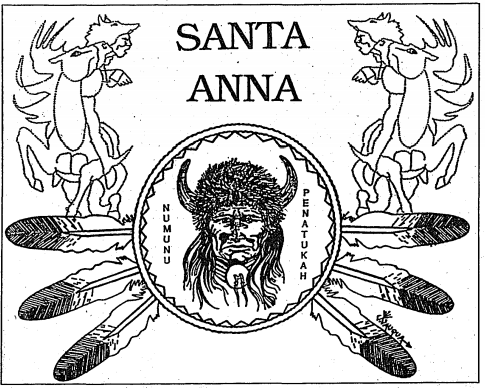Events & News
Penatuhkah comanche trail partnership
Current Events & News
penatuhkah: 150 Years of COmanche empire in Texas.
Funded by a grant from Humanities Texas, this exhibit documents the band of Comanches that dominated Texas for almost two hundred years. The exhibit will be traveling for viewing museums, visitors centers, and to member cities and towns (see MEMBERS for full list) on a monthly rotating basis. Contact the Santa Anna Visitors Center at (512) 711-8635.
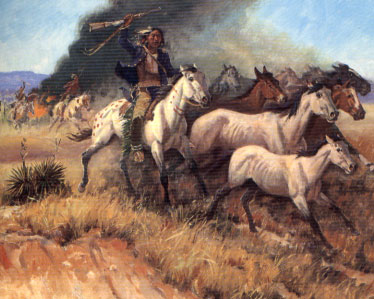
– At the zenith of the “horse culture”, Comanches may have possessed as many as 10,000 horses.
Upcoming & Recent Events
September 18, 2023: penatuhkah Comanche Trail Partnership meeting
Goldthwaite TX at Mills County Museum
July 17, 2023: penatuhkah Comanche Trail Partnership meeting
Abilene, TX
